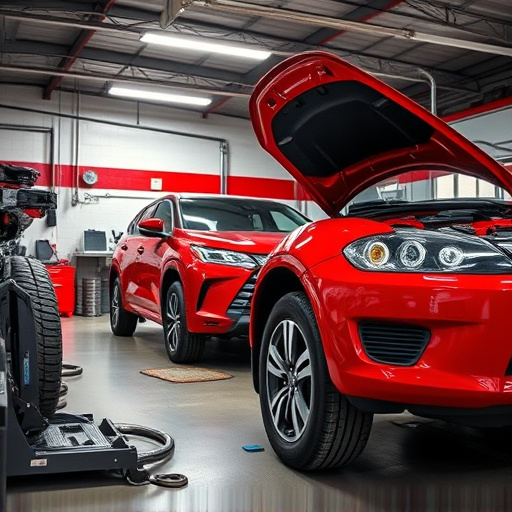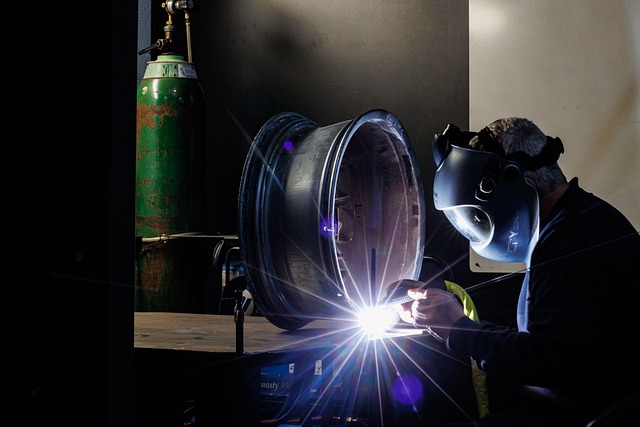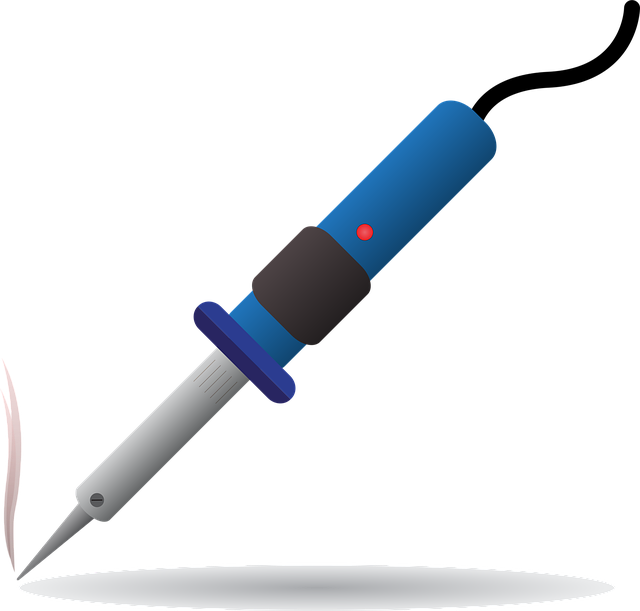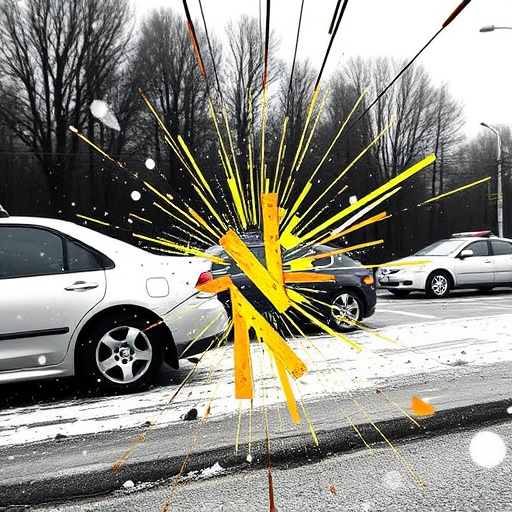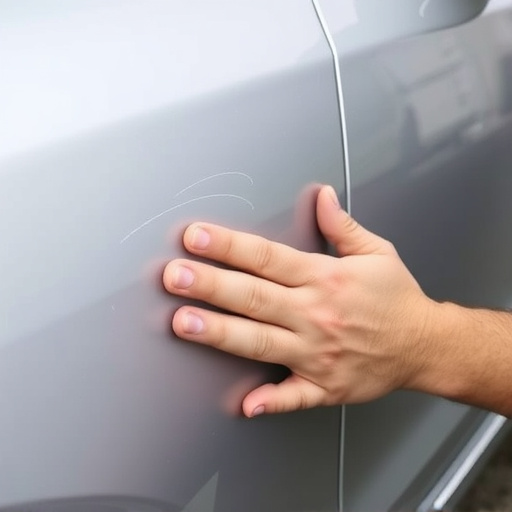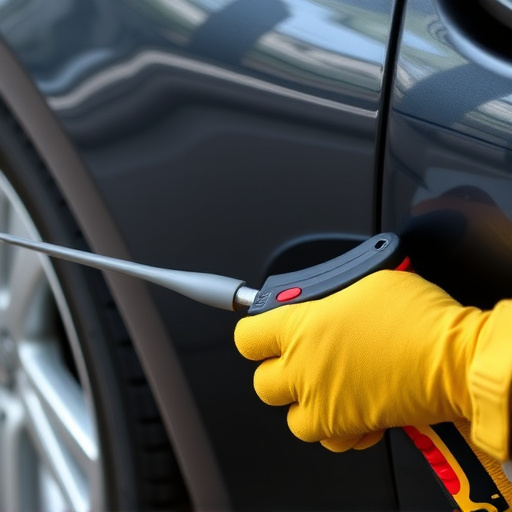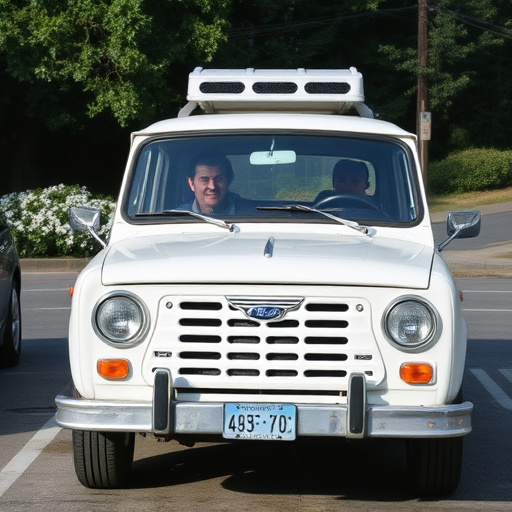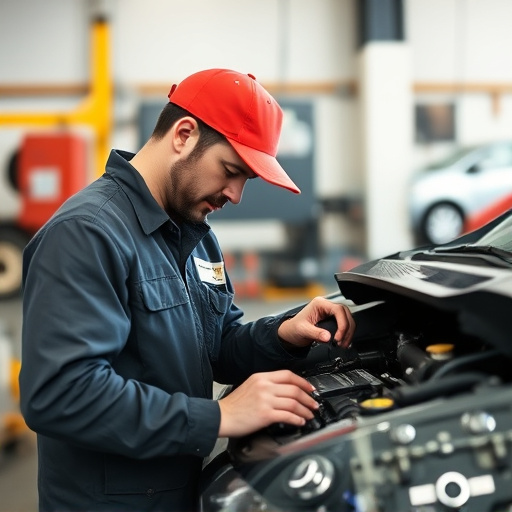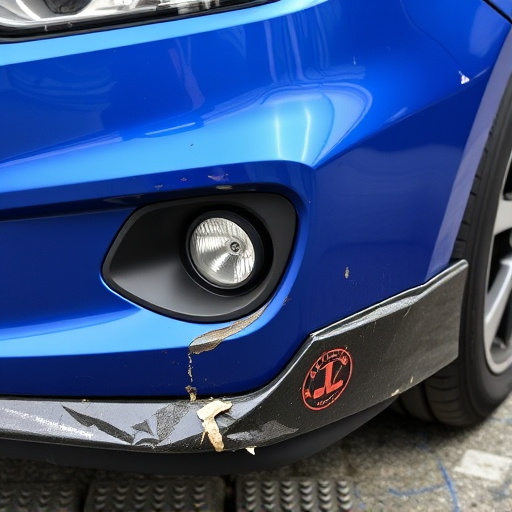Tesla repair scanning is a vital process for Mercedes Benz airbag systems, involving advanced diagnostic checks to identify sensor faults and ensure passenger safety. This meticulous approach considers vehicle history and uses specialized tools for accurate repairs, addressing hidden issues beyond visual inspections. Best practices include comprehensive system scans and evaluating past damages for optimal results.
Tesla repair scanning is an essential process ensuring the safety and reliability of their advanced vehicles. This article delves into the critical aspects of Tesla’s airbag scanning system, highlighting its complex evaluation process. We explore the key components that contribute to accurate sensor system assessments, providing best practices for efficient repairs. By understanding these procedures, technicians can optimize Tesla repair scanning, enhancing vehicle safety and customer satisfaction.
- Understanding Tesla Airbag Scanning Process
- Key Components of Sensor System Evaluation
- Best Practices for Effective Tesla Repair Scanning
Understanding Tesla Airbag Scanning Process
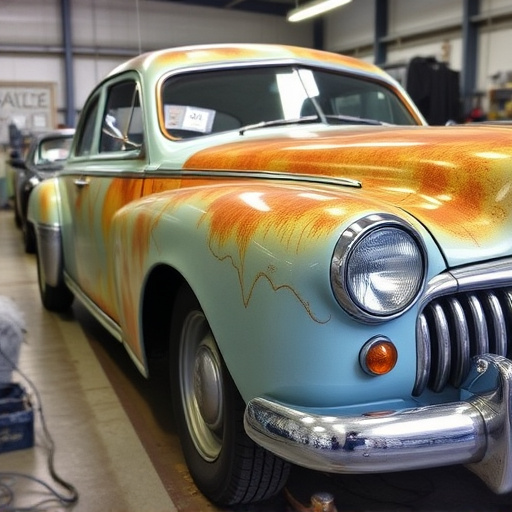
When it comes to Tesla repair scanning for airbags and sensor systems, understanding the process is key. Tesla vehicles are equipped with advanced safety features that require meticulous attention during repairs. The airbag scanning process involves a comprehensive diagnostic check of the vehicle’s sensor systems, ensuring they function optimally for passenger safety. This includes examining sensors responsible for detecting collision impacts and triggering airbags accordingly.
Through specialized Tesla repair scanning tools, technicians can identify any discrepancies or malfunctions in these critical systems. This advanced technology allows for precise pinpointing of issues, whether it’s a faulty airbag module, sensor malalignment, or communication errors within the network. Unlike traditional methods, modern scanning techniques enable efficient troubleshooting, often reducing repair times and costs while prioritizing safety in Mercedes Benz repairs or other vehicle brands.
Key Components of Sensor System Evaluation

When conducting Tesla repair scanning for airbags and sensor systems, several key components must be thoroughly evaluated to ensure safety and efficacy. The process begins with a comprehensive diagnostic scan, leveraging advanced technology to detect any anomalies or faults within the intricate network of sensors and airbag modules. This initial step is crucial as it unearths potential issues that may not be immediately apparent during visual inspections.
Among the critical aspects are sensor integrity checks, examining both the physical condition and signal strength of each sensor. Additionally, the system’s communication protocols and data exchange between various components must be validated to guarantee seamless coordination in the event of an accident. Equally important is the evaluation of tire services and car body repair history, as structural damage or prior collision repairs can impact the overall performance and deployment effectiveness of airbags and sensors, highlighting the need for a holistic approach in Tesla repair scanning.
Best Practices for Effective Tesla Repair Scanning

When it comes to Tesla repair scanning for airbags and sensor systems, best practices involve utilizing advanced diagnostic tools that can accurately identify issues within complex automotive networks. These modern vehicles are equipped with sophisticated safety features, and proper scanning ensures that any defects in airbag deployment mechanisms or sensor systems are detected promptly. A comprehensive scan should include checking the status of all relevant sensors, accelerometers, and diagnostic trouble codes (DTCs) to pinpoint potential problems.
For effective Tesla repair scanning, it’s crucial to follow a systematic approach. Begin with a thorough inspection of the vehicle’s history, including any recorded car collision repairs or recent body shop services. This context helps in understanding potential sources of damage or malfunction. Next, use specialized software designed for Tesla vehicles to run a complete system scan, identifying and displaying any error codes or anomalies. By combining these methods, body shops can deliver precise diagnostics, facilitating targeted repairs for optimal customer satisfaction and vehicle safety.
Tesla repair scanning for airbags and sensor systems is a critical process that ensures vehicle safety. By understanding the scanning process, evaluating key components, and adhering to best practices, repair technicians can effectively diagnose and resolve issues in Tesla vehicles. This not only enhances customer satisfaction but also contributes to the overall reliability and safety of these advanced electric vehicles.
